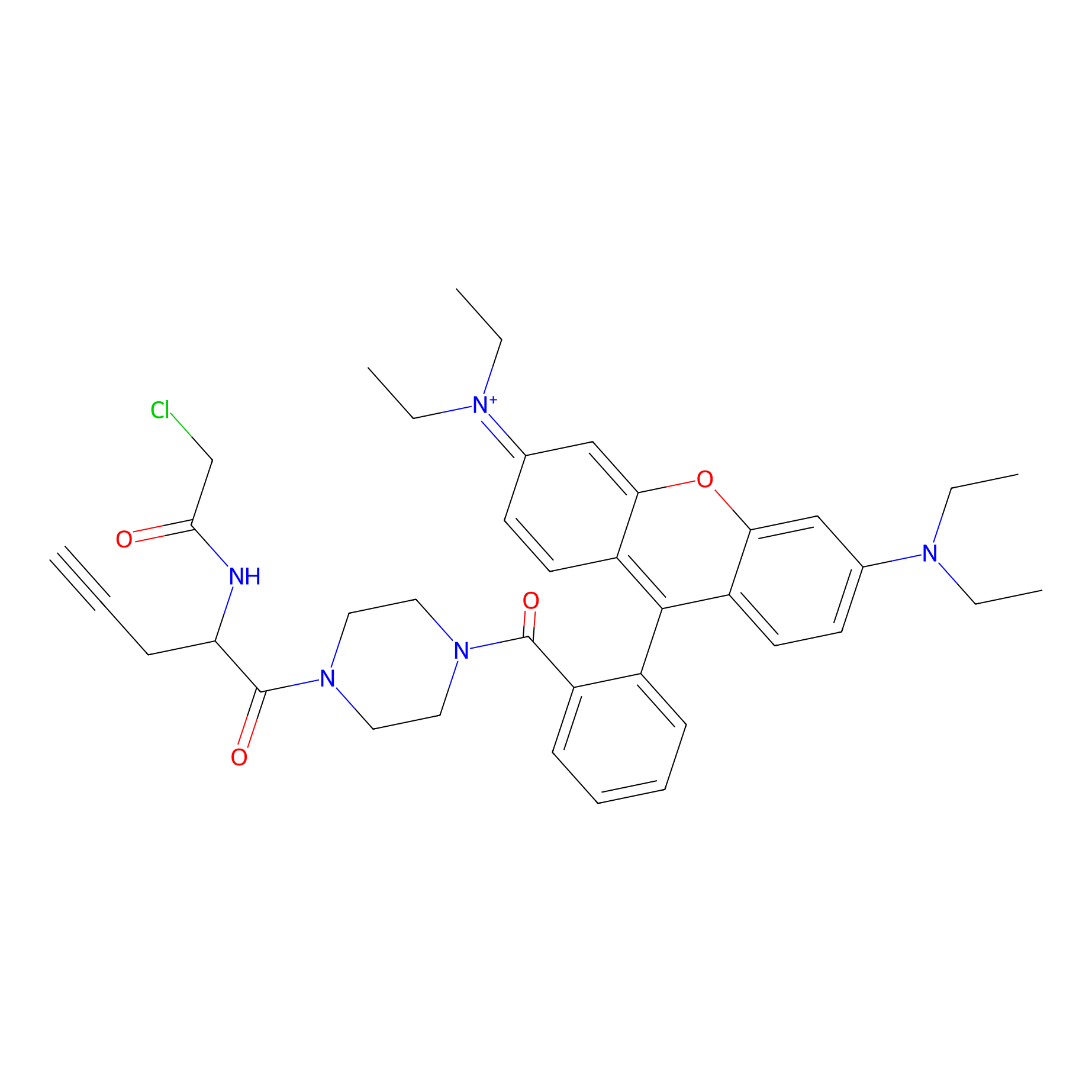Details of the Target
General Information of Target
| Target ID | LDTP12931 | |||||
|---|---|---|---|---|---|---|
| Target Name | Transient receptor potential cation channel subfamily M member 5 (TRPM5) | |||||
| Gene Name | TRPM5 | |||||
| Gene ID | 29850 | |||||
| Synonyms |
LTRPC5; MTR1; Transient receptor potential cation channel subfamily M member 5; Long transient receptor potential channel 5; LTrpC-5; LTrpC5; MLSN1- and TRP-related gene 1 protein |
|||||
| 3D Structure | ||||||
| Sequence |
MRIFAVFIFMTYWHLLNAFTVTVPKDLYVVEYGSNMTIECKFPVEKQLDLAALIVYWEME
DKNIIQFVHGEEDLKVQHSSYRQRARLLKDQLSLGNAALQITDVKLQDAGVYRCMISYGG ADYKRITVKVNAPYNKINQRILVVDPVTSEHELTCQAEGYPKAEVIWTSSDHQVLSGKTT TTNSKREEKLFNVTSTLRINTTTNEIFYCTFRRLDPEENHTAELVIPELPLAHPPNERTH LVILGAILLCLGVALTFIFRLRKGRMMDVKKCGIQDTNSKKQSDTHLEET |
|||||
| Target Type |
Literature-reported
|
|||||
| Target Bioclass |
Transporter and channel
|
|||||
| Family |
Transient receptor (TC 1.A.4) family, LTrpC subfamily, TRPM5 sub-subfamily
|
|||||
| Subcellular location |
Cell membrane
|
|||||
| Function |
Voltage-modulated Ca(2+)-activated, monovalent cation channel (VCAM) that mediates a transient membrane depolarization and plays a central role in taste transduction. Monovalent-specific, non-selective cation channel that mediates the transport of Na(+), K(+) and Cs(+) ions equally well. Activated directly by increases in intracellular Ca(2+), but is impermeable to it. Gating is voltage-dependent and displays rapid activation and deactivation kinetics upon channel stimulation even during sustained elevations in Ca(2+). Also activated by a fast intracellular Ca(2+) increase in response to inositol 1,4,5-triphosphate-producing receptor agonists. The channel is blocked by extracellular acidification. External acidification has 2 effects, a fast reversible block of the current and a slower irreversible enhancement of current inactivation. Is a highly temperature-sensitive, heat activated channel showing a steep increase of inward currents at temperatures between 15 and 35 degrees Celsius. Heat activation is due to a shift of the voltage-dependent activation curve to negative potentials. Activated by arachidonic acid in vitro. May be involved in perception of bitter, sweet and umami tastes. May also be involved in sensing semiochemicals.
|
|||||
| TTD ID | ||||||
| Uniprot ID | ||||||
| DrugMap ID | ||||||
| Ensemble ID | ||||||
| HGNC ID | ||||||
| ChEMBL ID | ||||||
Target Site Mutations in Different Cell Lines
Probe(s) Labeling This Target
ABPP Probe
| Probe name | Structure | Binding Site(Ratio) | Interaction ID | Ref | |
|---|---|---|---|---|---|
|
TER-AC Probe Info |
 |
N.A. | LDD0426 | [1] | |
The Interaction Atlas With This Target
